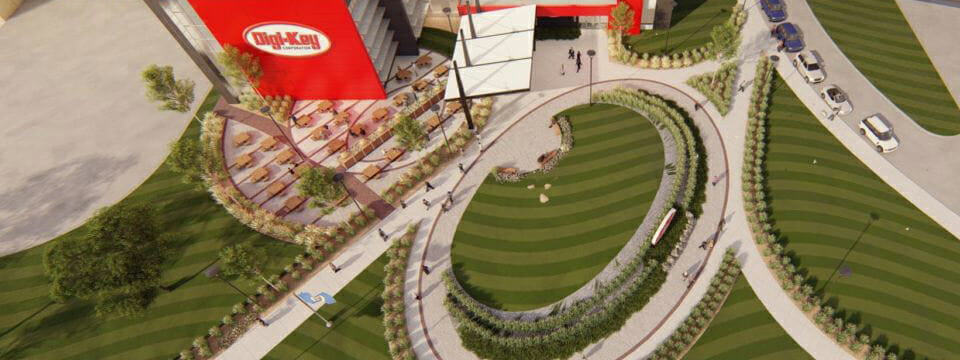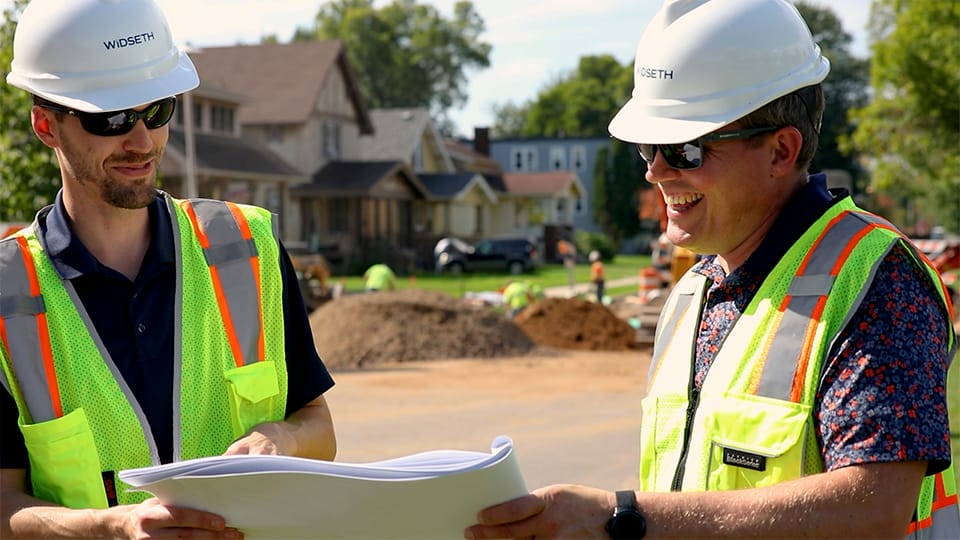Are you glued to your windows wishing you could go outside? You are not alone. With COVID-19 stay at home orders, many parks and playgrounds have closed around the globe, exactly when we need them most.
What do parks, public spaces, and landscape architecture mean to us in this time of social isolation? It has taken on a whole new meaning and level of appreciation in the past two months. Photos and posts of beautiful landscapes, the “view from my window,” and empty public spaces are trending on multiple social media platforms. If we can’t physically be in the landscape, people are finding virtual ways of connecting with nature and striving for the positive emotions experienced by being there.
The importance nature has on our mental wellbeing, whether you are immersed in it or are just able to see it through a window, is even more relevant now. Landscape architecture ties together design, sociology, and psychology. Since we no longer see the spaces and groups of people that we used to experience every day in parks, biking along paths, walking through bustling downtown streets, or playing in school yards, we miss them even more.
April is not only the time many trees, flowers, and plants begin to bloom and wake from their winter dormancy, it is also World Landscape Architecture Month (WLAM). Landscape architecture can be something that inspires and lifts a person’s mood. It is a landscape architect’s job and goal to make sure everywhere we go, a site can be experienced, not just walked through or glanced over.
Landscape architects and designers bridge the natural and built environments. We are artists who use trees, shrubs, and perennials to shape the open spaces in parks, trails, cities, and around buildings. Plants aren’t just something that look nice; plants are used to feed and shelter wildlife, filter stormwater, and prevent erosion. We create naturalistic experiences for wildlife so we can coexist for generations to come.
With the expansion of cities and more land area being developed, landscape architects have an important role in helping restore, replace, and connect natural habitats. With proper planning and foresight, landscape architects help to maintain natural habitat corridors through cities. Rather than pushing out wildlife and pollinators, we find ways to keep them within our communities. That wildlife helps maintain the function and beauty of each unique ecoregion we live in around the world.




